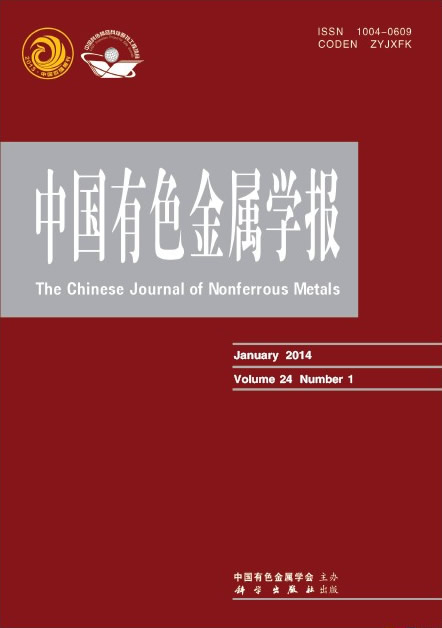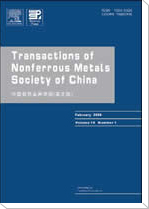(1. 浙江工业大学化学工程学院,杭州310032;
2. 浙江工业大学绿色化学合成技术国家重点实验室培育基地,杭州310032)
摘 要: 以钨酸钠为前驱体,通过水热自组装合成钨酸纳米片,再将其在氢气/甲烷混合气氛中还原碳化获得碳化钨纳米片。采用场发射扫描电子显微镜、X射线衍射、透射电子显微镜和氮吸附等手段对样品形貌、晶相、微结构和比表面积进行分析与表征;采用粉末微电极和循环伏安法测试样品的电催化性能。结果表明:样品颗粒为方形片状,长和宽为600~800 nm,厚约90 nm;样品由碳化钨和碳化二钨组成;纳米片由纳米颗粒和孔隙构成;样品的比表面积为31 m2/g,平均孔径为3.5 nm;碳化钨纳米片呈介孔结构,碳化钨纳米片对甲醇电催化氧化具有良好的活性,并具有与铂类似的催化性能。
关键字: 碳化钨;纳米片;介孔;电催化性能;类铂性能
(1. School of Chemical Engineering, Zhejiang University of Technology, Hangzhou 310032, China;
2. State Key Laboratory of Breeding Base of Green Chemistry Synthesis Technology,
Zhejiang University of Technology, Hangzhou 310032, China)
Abstract:Tungsten trioxide nanoplate was prepared by hydrothermal self-assembling method using sodium tungstate as precursor, then the nanoplate was reduced and carbonized under H2 and CH4 atmosphere to get tungsten carbide nanoplate. The morphology, crystal phase, microstructure and specific area of the samples were characterized by scanning electron microscopy, X-ray diffractometry, transmission electron microscopy and Brunauer–Emmett–Teller surface tester. The electrocatalytic property of the nanoplate was measured through power microelectrode approach with cyclic voltammetry using a three-electrode system in acidic aqueous solution. The results show that the morphology of the sample is regular square plate, with length and width of 600-800 nm and thickness of around 90 nm, respectively; the crystal phase of the sample is composed of monotungsten carbide and bitungsten carbide; the nanoplate constitutes of nanoparticles and pores; the specific area of the sample is 31 m2/g, and the average diameter of the pore is around 3.5 nm. The nanoplate with mesoporosity is active to methanol electrocatalytic oxidation, and its electrocatalytic property is similar to that of platinum.
Key words: tungsten carbide; nanoplate; mesoporosity; electrocatalytic property; platinum similarity


